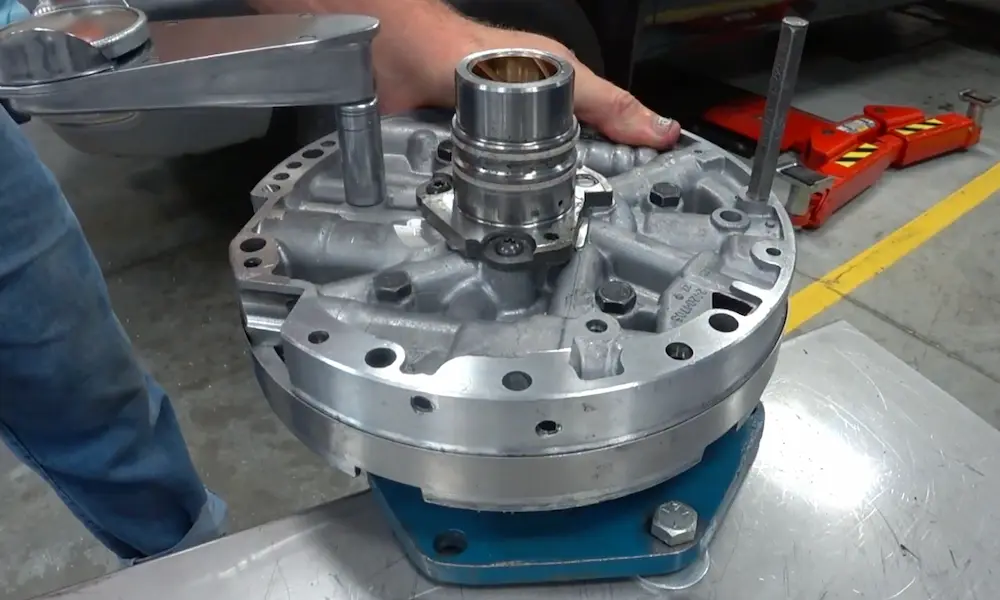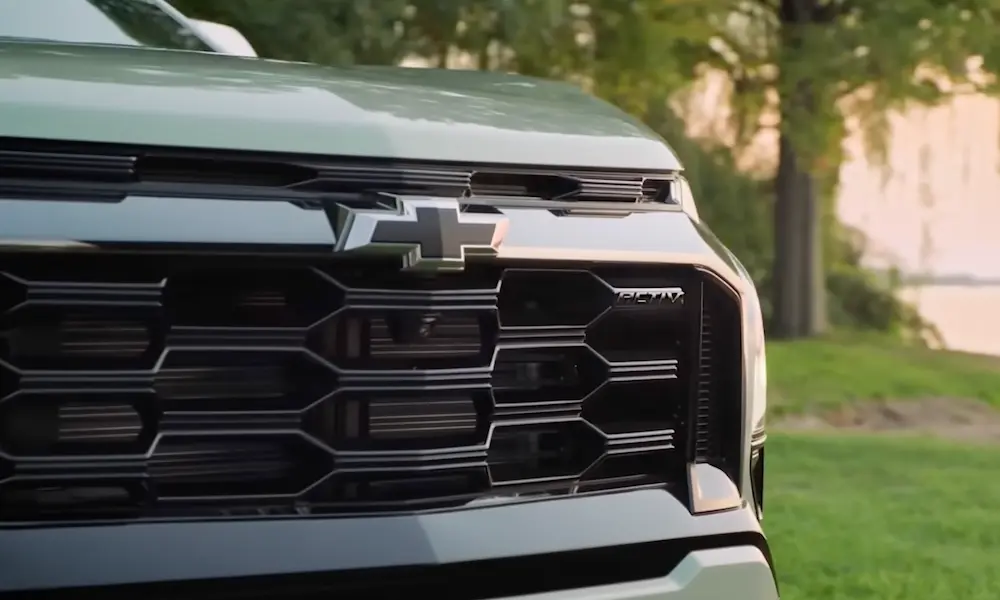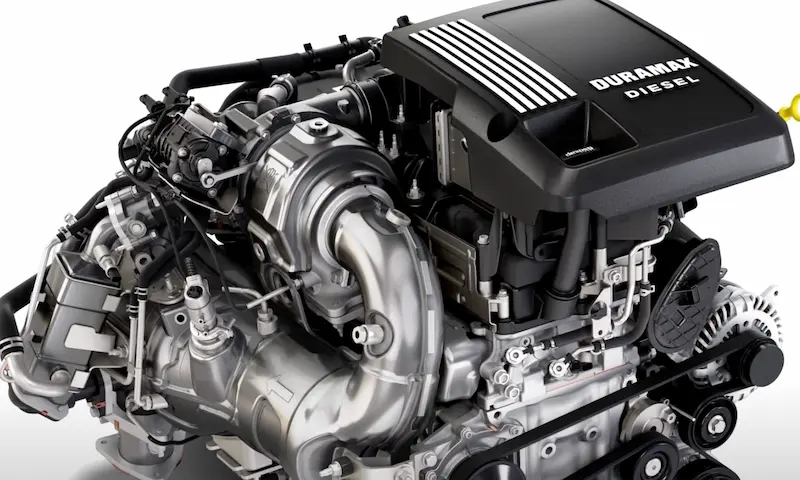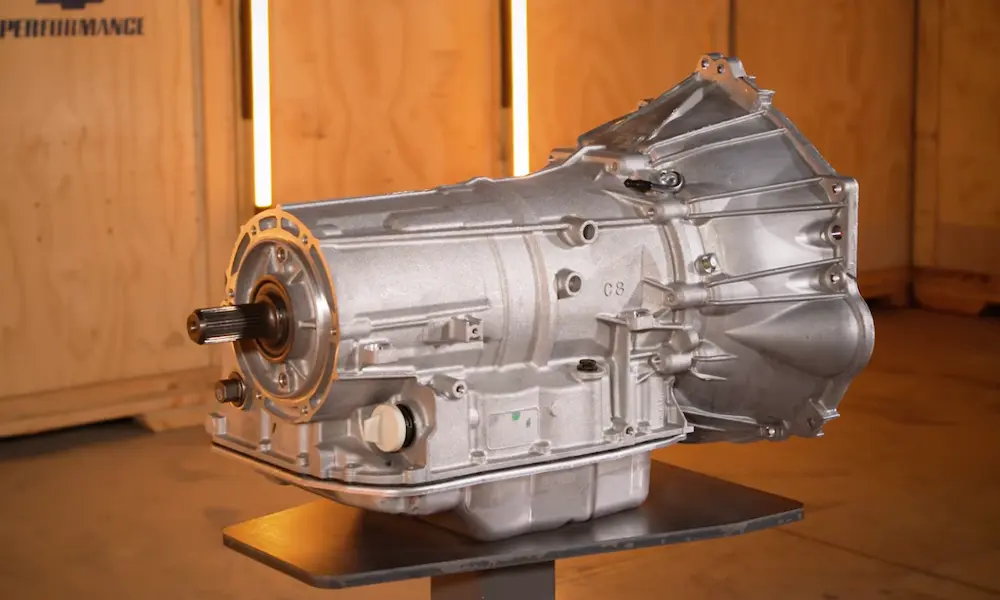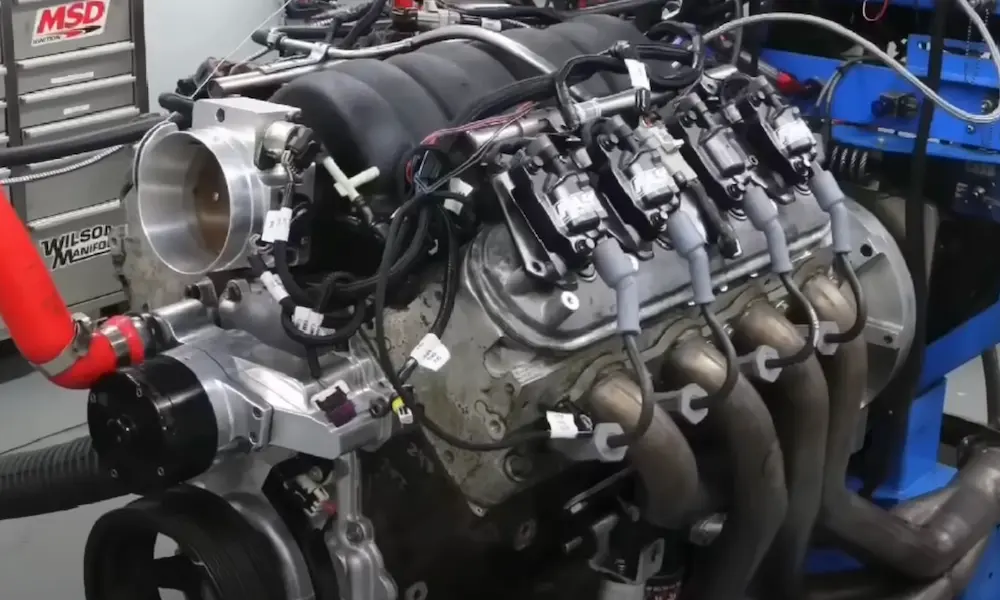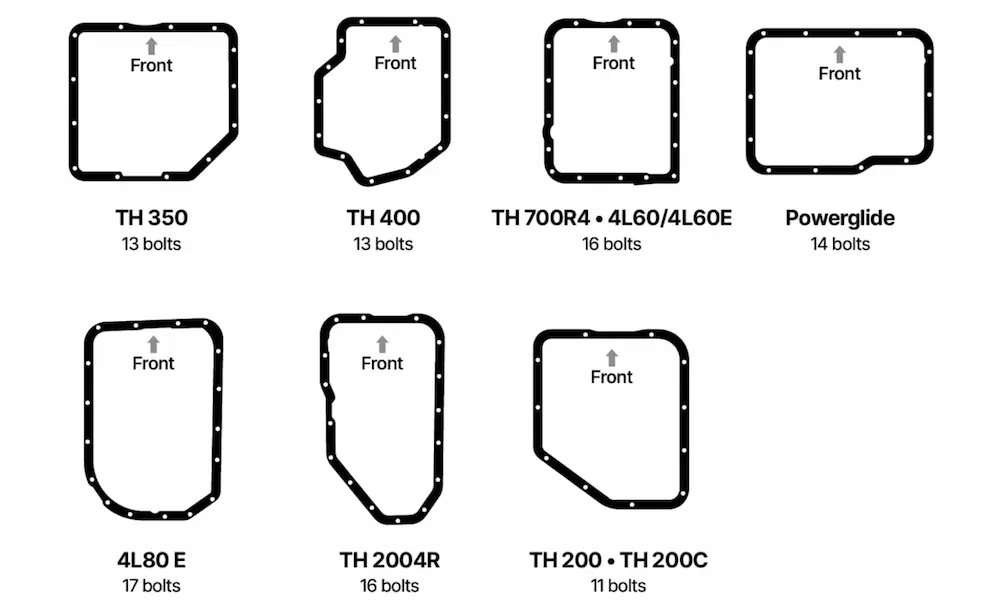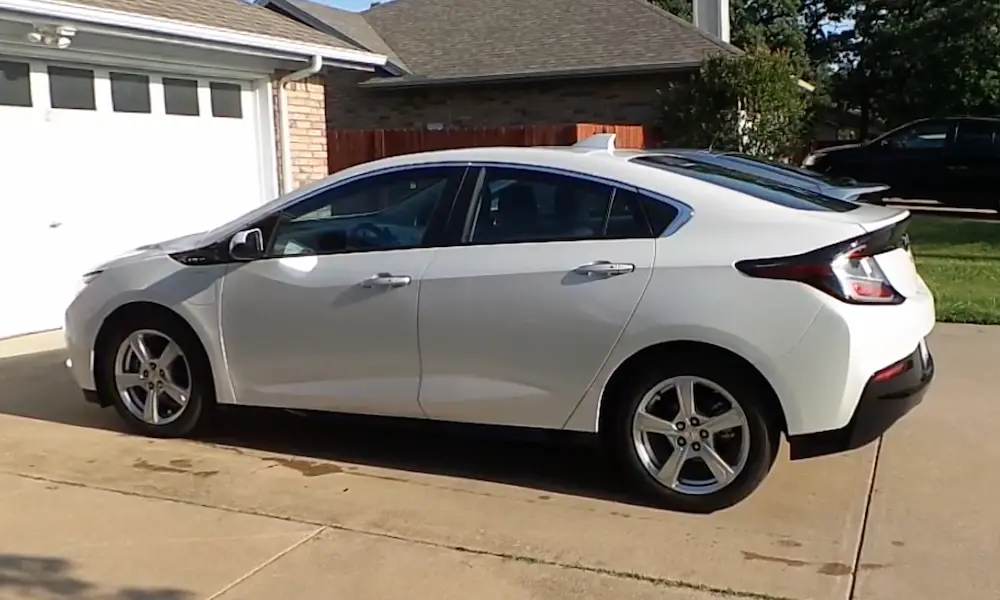Dealing with the “Service Stabilitrak” light on your Chevy Tahoe can be frustrating. The warning typically suggests an issue with the system’s sensors or the vehicle’s stability control. These problems can arise from wheel speed sensors, steering input, or even engine trouble. Explore how you can diagnose and potentially fix these issues yourself while understanding when it’s best to seek professional help. Keep reading to find out more!
Common StabiliTrak System Symptoms and Indicators
Understanding the symptoms and indicators of the StabiliTrak system can help you manage potential issues before they escalate. Key symptoms include warning lights on your dashboard and changes in how your vehicle drives.
Warning Lights on the Dashboard
When there’s a problem with the StabiliTrak system, several warning lights may appear on your dashboard. These can include the Service StabiliTrak, traction control, and ABS lights. Each of these lights signals a different issue, but their simultaneous appearance often points to a shared underlying problem.
If you see these lights, scanning for diagnostic trouble codes can help identify the exact cause. Keeping an OBD scanner on hand can help you quickly address these problems.
StabiliTrak Warning Light Behavior
The behavior of your StabiliTrak warning light can provide clues about the system’s health. Sometimes, the light might flicker on and off, indicating intermittent issues. Persistent illumination usually suggests a more acute problem that needs attention.
If the warning light stays on, the system might not be working properly, which could affect your vehicle’s stability. In this case, consulting a professional mechanic experienced with Chevy vehicles is advisable to prevent more serious performance issues.
Loss of Traction and Stability
Along with the dashboard lights, you might experience a loss of traction and stability while driving. This can manifest as difficulty controlling your vehicle, especially in slippery conditions. If traction control or StabiliTrak functions are compromised, there’s a risk of reduced engine power, making it hard to maintain speed on slippery roads. If you notice these symptoms, it’s critical to address them to ensure the safety and performance of your vehicle. You might also see a message like StabiliTrak Off, indicating these systems are not operating effectively, which can result in your vehicle not handling correctly.
Common Causes of StabiliTrak Issues
StabiliTrak problems in your Chevy Tahoe can stem from several factors. Issues often arise from faulty sensors, electrical connection problems, and worn components. Understanding these factors can help you pinpoint the cause and find a solution.
Sensor Errors and Failures
Sensors play a crucial role in StabiliTrak, helping to monitor and maintain your vehicle’s stability. Common sensors involved include the wheel speed sensor, steering wheel position sensor, and throttle position sensor. When these sensors malfunction, you might see a “Service StabiliTrak” warning.
For example, a faulty ABS sensor can cause problems in the braking system, affecting vehicle stability. Errors with the steering angle sensor can impact how your car responds to turns. Misfires in the engine due to these sensor issues can also trigger warnings.
Electrical and Connection Problems
Electrical issues can disrupt the StabiliTrak system. Loose or corroded connections can lead to intermittent problems, such as the warning light flickering on and off while you drive. Inspecting the wiring and connectors for damage is an essential first step.
A failing brake switch can also affect the system’s operation, as it sends signals to the StabiliTrak to manage stability during braking. Faulty connections in this part can cause the StabiliTrak light to illuminate unpredictably. Regular maintenance of the electrical system can prevent many of these issues.
Component Wear and Failure
Over time, various components integral to the StabiliTrak system can wear out. For instance, the wheel speed sensors may degrade with age, leading to inaccurate speed readings and stability control issues. Similarly, steering wheel sensors that wear out can give incorrect data, affecting the car’s handling.
Additionally, engine misfires can be linked to worn spark plugs or coils, leading to stability problems. Keeping these components in good shape is essential, as they are significant contributors to StabiliTrak performance. Regular checks and timely replacements can help maintain the system’s functionality.
Steps to Reset the StabiliTrak System
When your Chevy Tahoe shows a Service StabiliTrak message, resetting the system might help. Follow these easy steps to try and clear the alert:
- Park Safely: Pull over and park your Tahoe on a level surface. Make sure it’s safe and secure.
- Turn Off the Engine: Shut off the engine and remove the key from the ignition. This gives the system a chance to reset.
- Wait a Few Minutes: Let your car rest for about 30 seconds to a minute. This pause can allow the StabiliTrak system to reboot.
- Turn On the Ignition: Put the key back in the ignition and turn it to the “On” position without starting the engine.
- Press the Gas Pedal: Slowly press the gas pedal down five times within five seconds.
- Start the Engine: After the steps above, start your engine. Check to see if the Service StabiliTrak message has disappeared.
If the message is still there, a deeper diagnosis might be needed. Problems like a faulty wheel speed sensor can trigger Service StabiliTrak messages. It might be best to consult a professional if the issue persists.
Remember, these steps are a guideline and may not work if there’s a serious underlying problem. Always prioritize safety when dealing with vehicle systems. If you’re unsure, getting in touch with a professional is a good idea.
Regular Maintenance to Prevent StabiliTrak Problems
Regular maintenance of your Chevy Tahoe can help prevent StabiliTrak issues. Paying close attention to sensors, the braking system, and the fuel system will keep things running smoothly. Each aspect plays a crucial role in the overall health of your vehicle’s performance and safety features.
Checking and Replacing Sensors
Sensors are vital for your Tahoe’s StabiliTrak system. They monitor wheel speed and other key data. Over time, these sensors can fail or get dirty. Regularly inspect them to ensure they’re working properly.
If you notice any StabiliTrak warnings or odd driving behavior, check the sensors first. Faulty sensors can also affect other parts, like cruise control. Clean or replace them as needed to maintain system accuracy.
Maintaining the Braking System
Your Tahoe’s StabiliTrak relies on a well-maintained braking system. Regularly check the brake fluid, ensuring it’s clean and at the right level. Dirty or low brake fluid can impact braking performance.
Pay attention to the condition of brake pads and rotors. Worn-out components can lead to uneven braking and affect the system’s response. Keep everything in top shape for optimal safety and performance.


